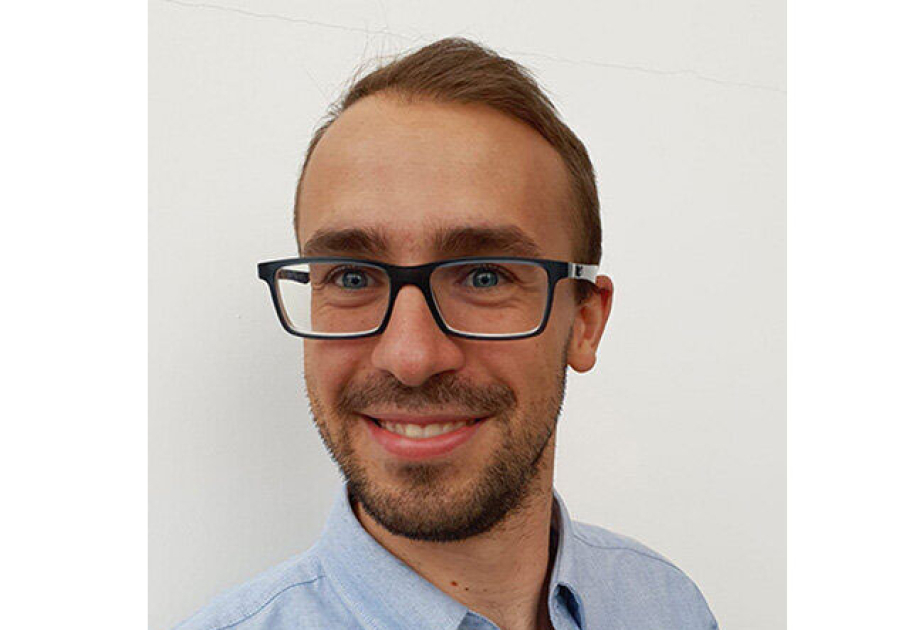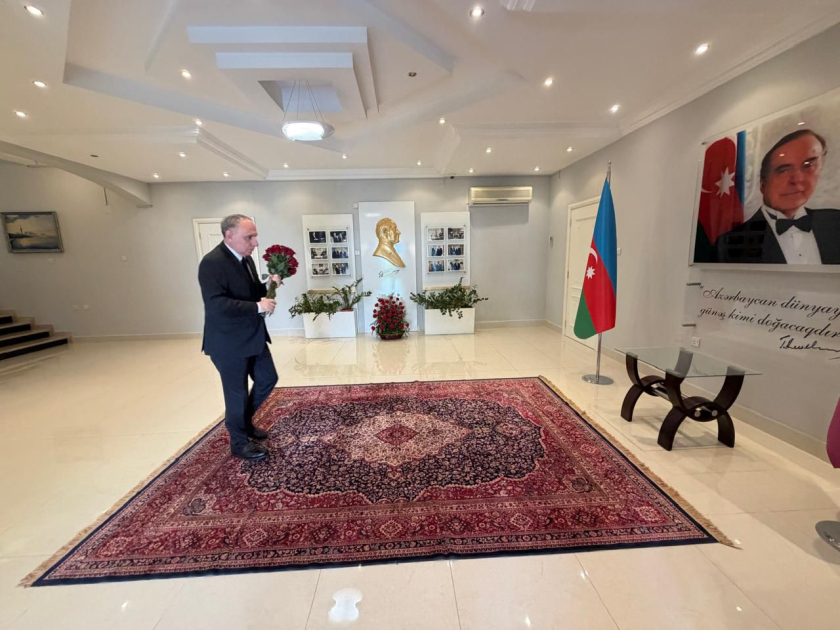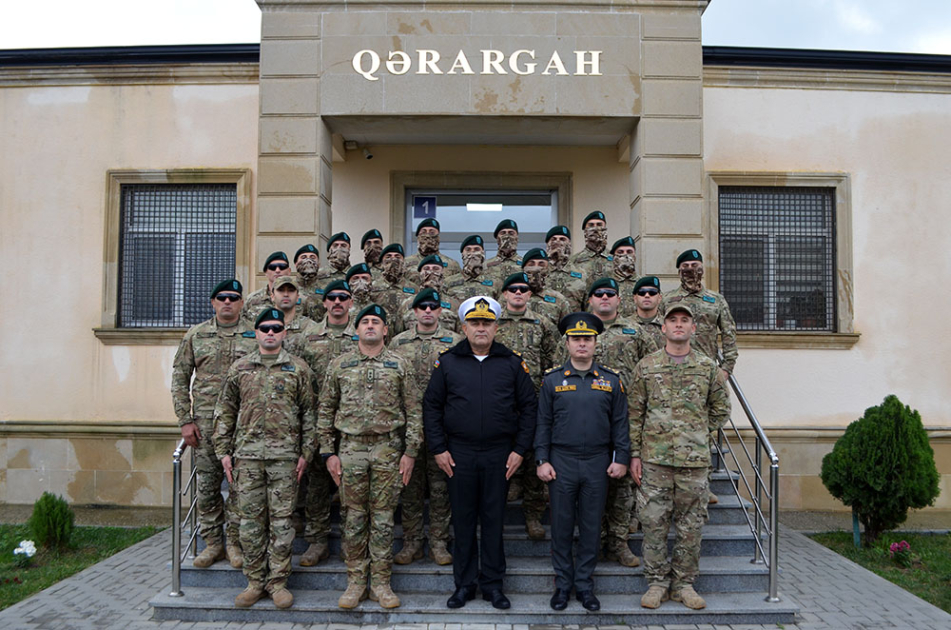Leonardo da Vinci's DNA: Researchers confirm Y chromosome shared by six living family descendants
For more than five centuries, Leonardo Da Vinci has been celebrated as a visionary artist, scientist, and inventor, known for his extraordinary talent and groundbreaking experiments, according to Phys.org. Today, an international collaboration known as the Leonardo DNA Project is closer than ever to uncovering the biological secrets of the greatest genius of the Renaissance.
In their new book "Genìa Da Vinci. Genealogy and Genetics for Leonardo's DNA," published by Angelo Pontecorboli Editore, experts Alessandro Vezzosi and Agnese Sabato of the Leonardo Da Vinci Heritage Association, Vinci, present findings from 30 years of genealogical research that have culminated in groundbreaking insights.
The book documents an elaborate family tree tracing back to 1331, spanning 21 generations and involving more than 400 individuals. The work lays the groundwork for one of the most advanced historical-genetic investigations ever undertaken: the reconstruction of Leonardo's genetic profile.
Through meticulous analysis of sources and archival documents—now published in the book—Vezzosi and Sabato successfully reconstructed branches of the family to which Leonardo belonged, including the identification of 15 direct male-line descendants related genealogically to both Leonardo's father and to his half-brother, Domenico Benedetto.
This allowed David Caramelli, the Leonardo DNA Project's coordinator for anthropological and molecular aspects, and Director of the Department of Biology at the University of Florence, along with forensic anthropologist Elena Pilli, to subject six of these descendants to DNA testing. Their analysis revealed that segments of the Y chromosome—used for individual identification—matched across these men, confirming the genetic continuity of the Da Vinci male line, at least since the 15th generation.
The authors also confirmed the existence of a Da Vinci family tomb in the Church of Santa Croce in Vinci, currently under archaeological excavation in collaboration with the University of Florence. This may be the burial site of Leonardo's grandfather Antonio, uncle Francesco, and several half-brothers—Antonio, Pandolfo, and Giovanni.
The excavation leaders, University of Florence anthropologists Alessandro Riga and Luca Bachechi, recovered bone fragments, some of which have been radiocarbon dated. One specimen, consistent in age with Leonardo's presumed relatives, has undergone paleogenomic analysis. Preliminary results from Caramelli and molecular anthropologist Martina Lari indicate the individual was male.
"Further detailed analyses are necessary to determine whether the DNA extracted is sufficiently preserved," says Caramelli, who is also President of the University Museum System. "Based on the results, we can proceed with analysis of Y chromosome fragments for comparison with current descendants."
If the Y chromosome of the living descendants is also found in the older remains in the Vinci church tombs, it would support the accuracy of paternity records, the historical reconstruction of the lineage established through death registers, and would allow for a more in-depth examination of the biological material attributed to Leonardo, as well as traces left on his original manuscripts or other works, potentially leading to the reconstruction of his DNA.
Launched in 2016 and coordinated from The Rockefeller University, New York, the Leonardo da Vinci DNA Project involves the J. Craig Venter Institute of California, the University of Florence and other institutions, with support from the Achelis and Bodman Foundation (New York), the Richard Lounsbery Foundation (Washington, D.C.), and other public and private partners.
The team's scientific starting point was a hypothesis as simple as it is crucial: to trace the Y chromosome, which is passed unchanged from father to son.


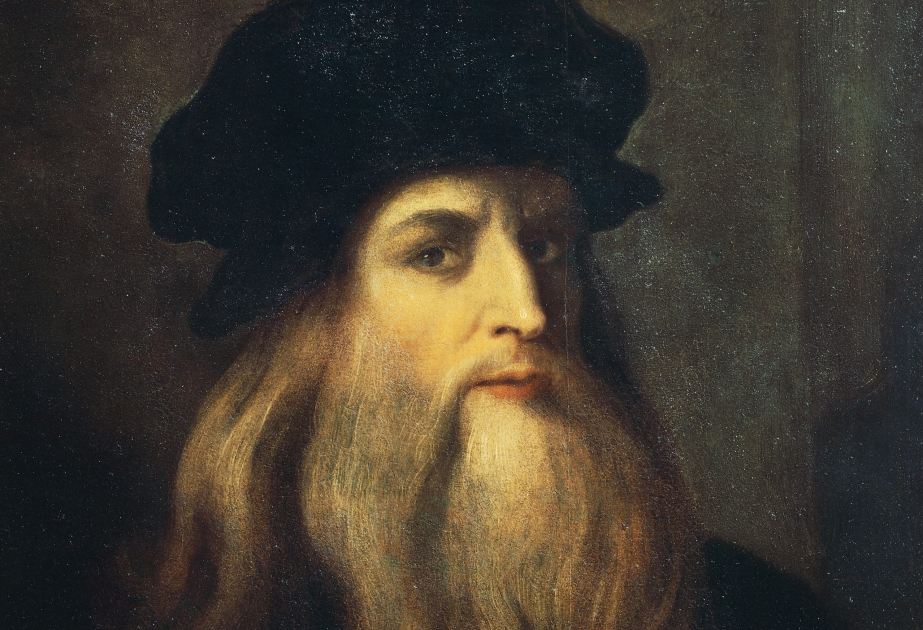

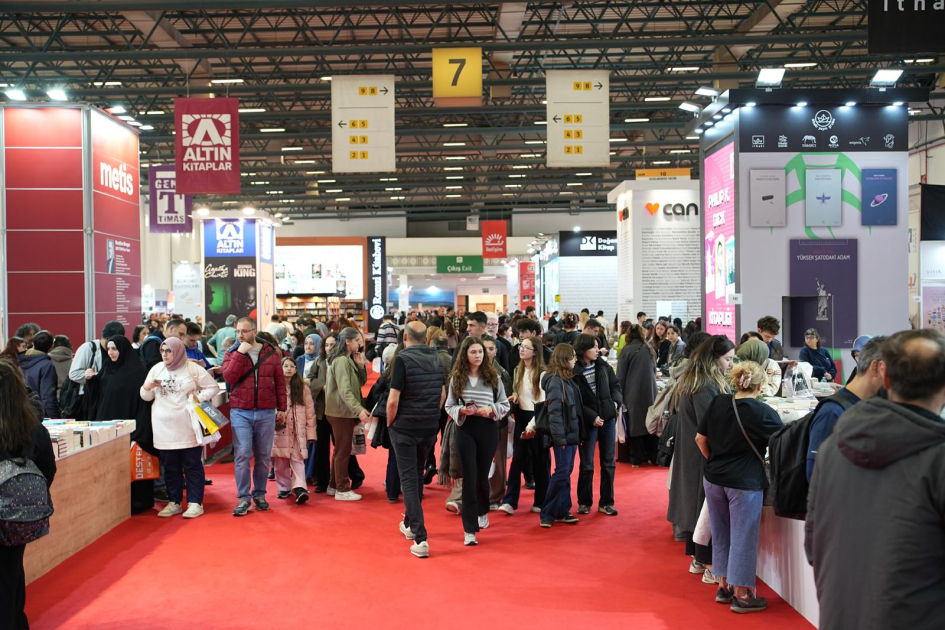

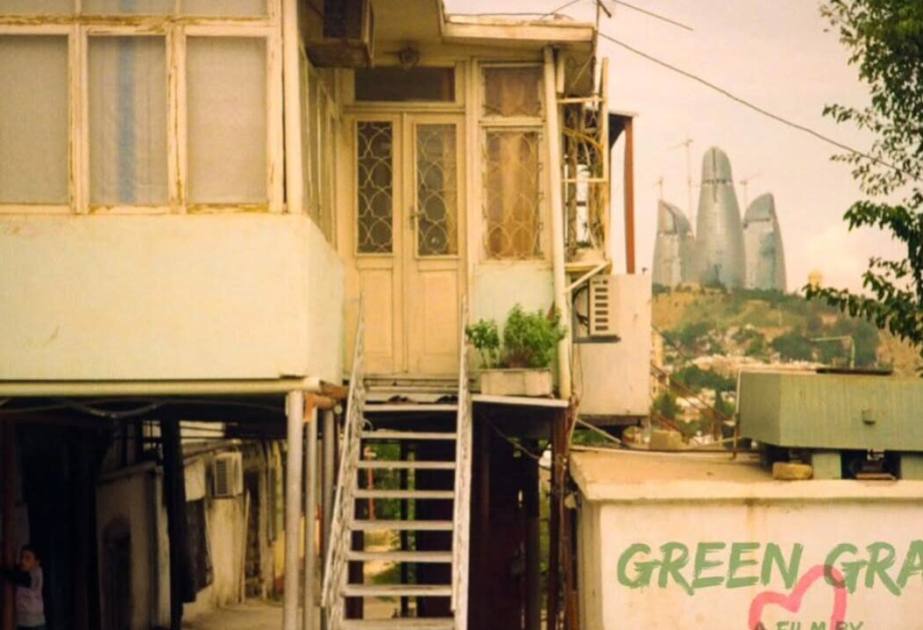
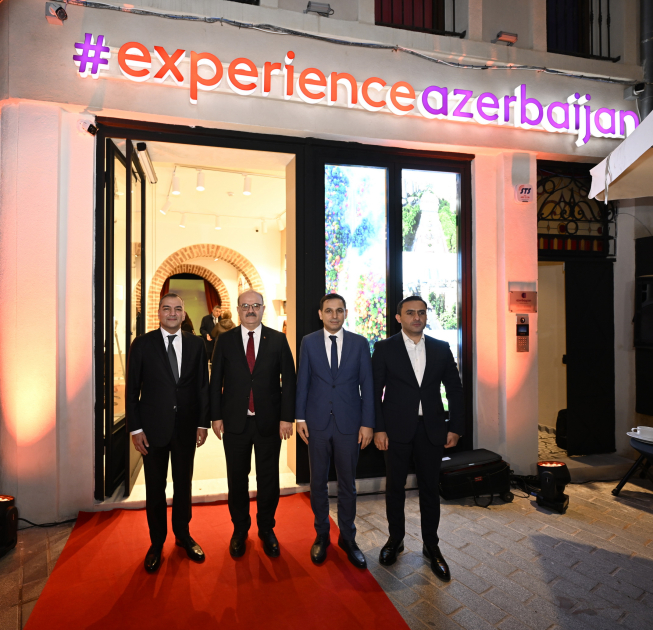
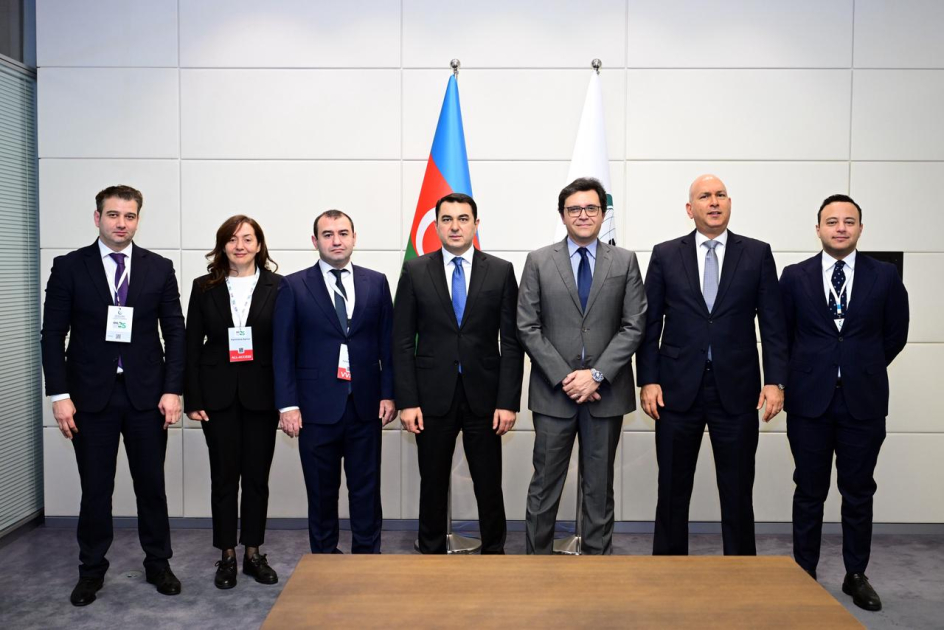
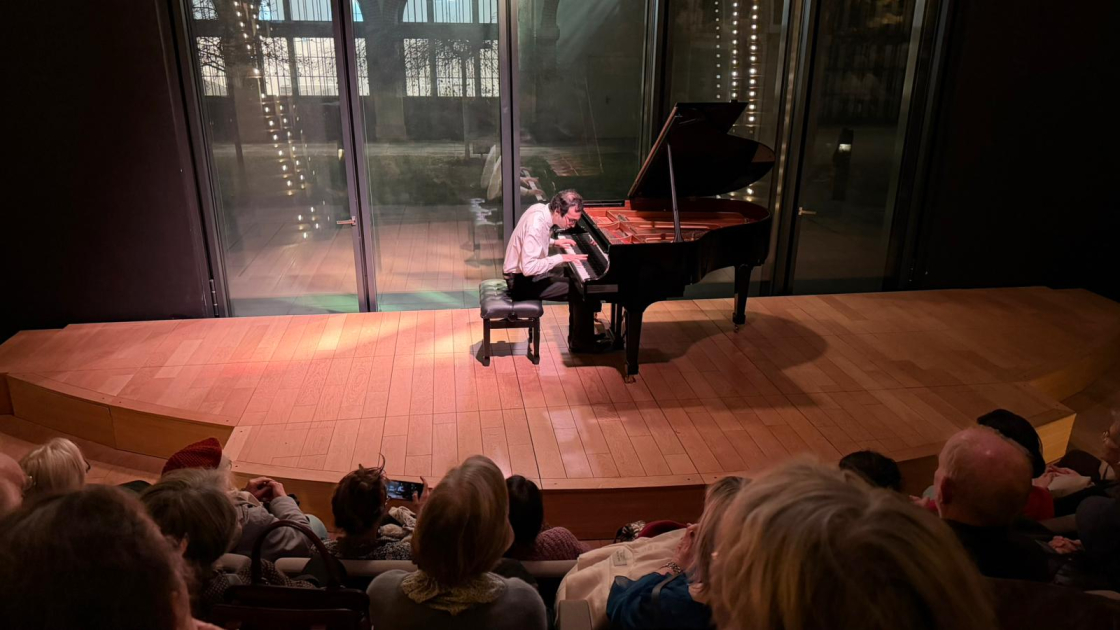
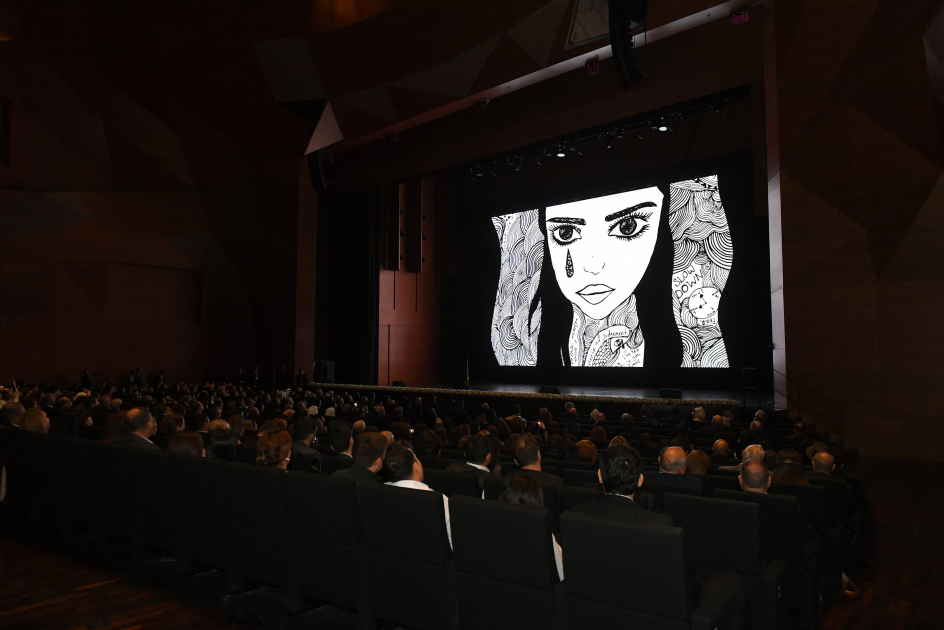

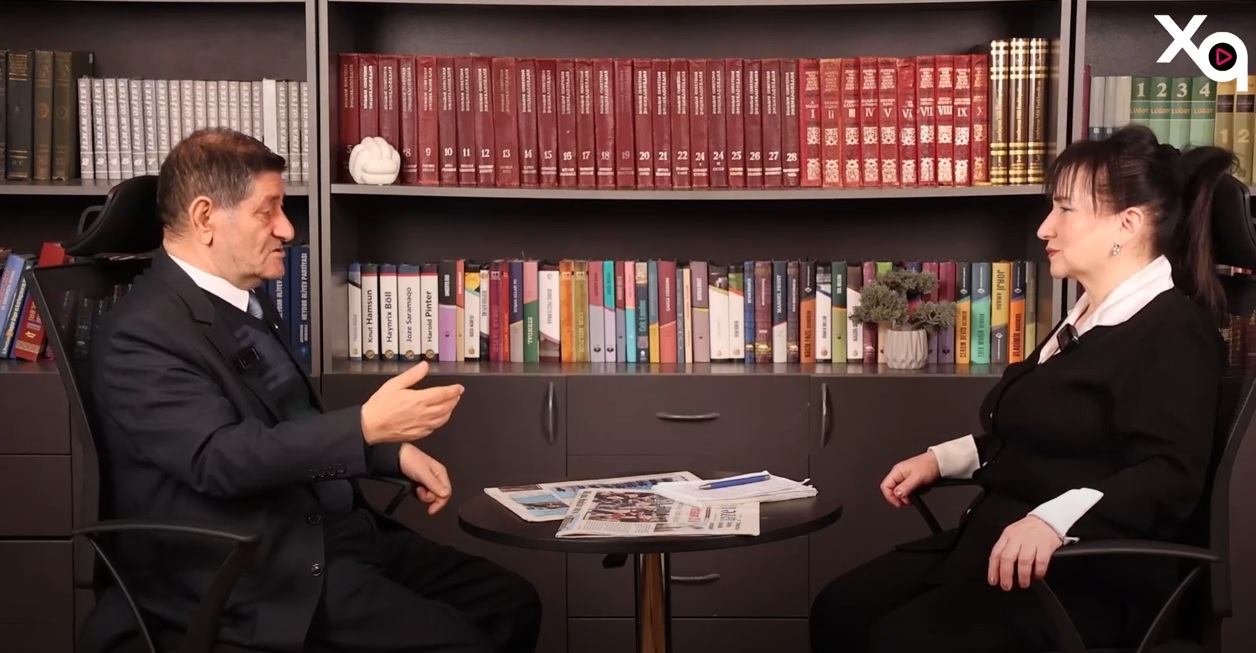
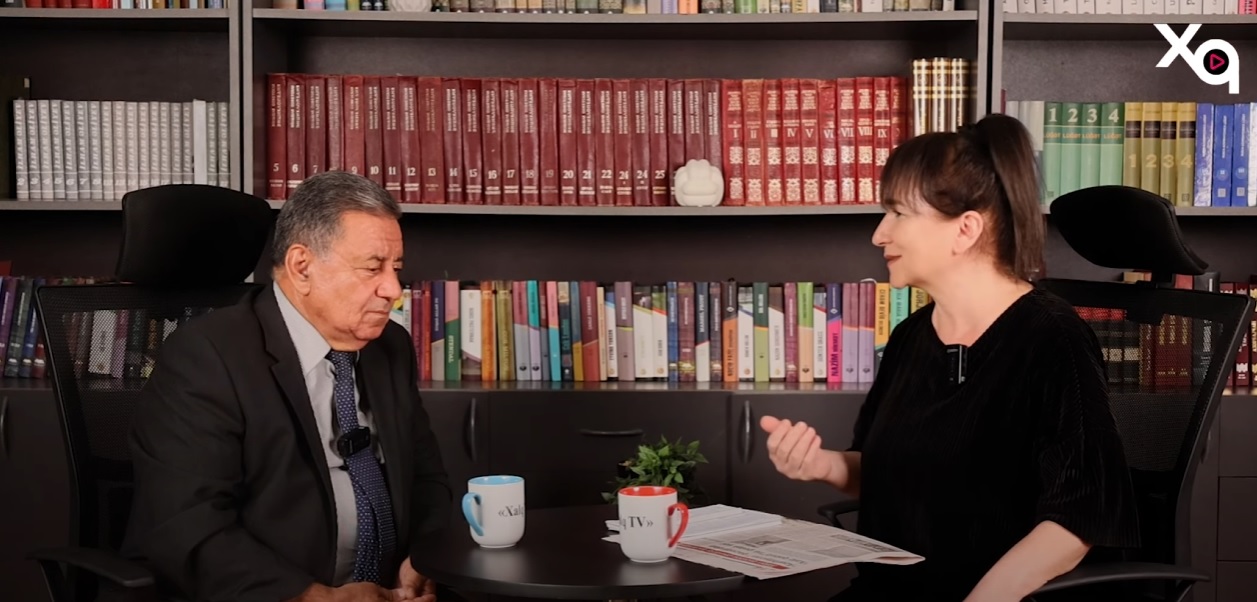
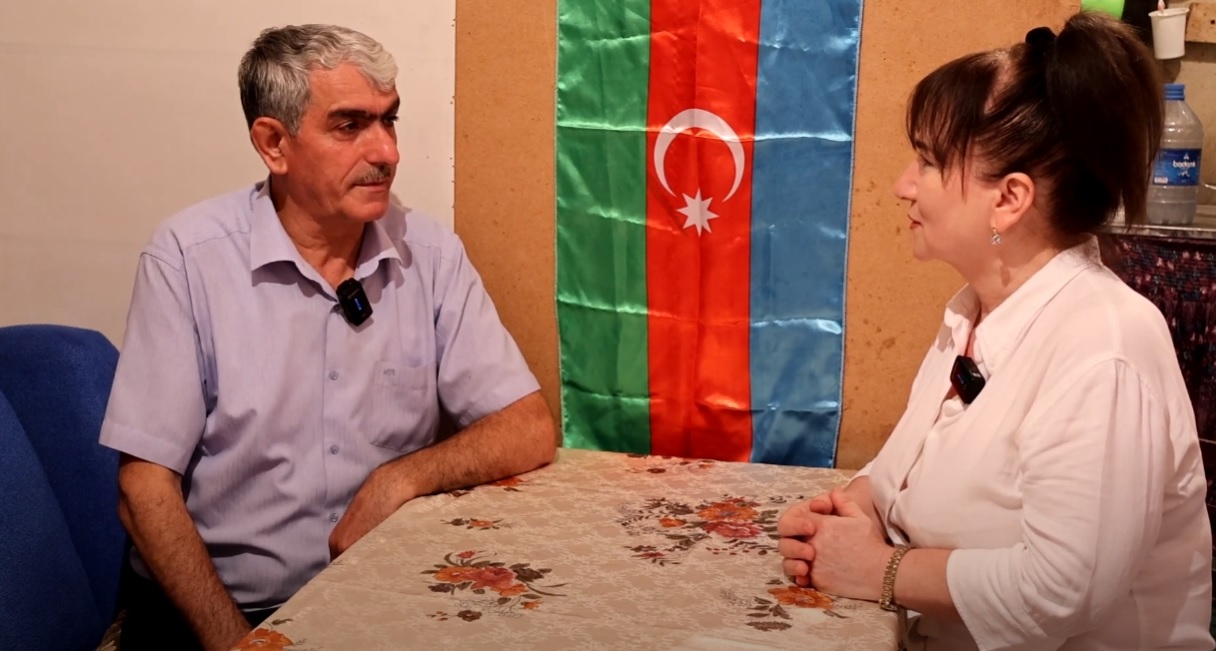
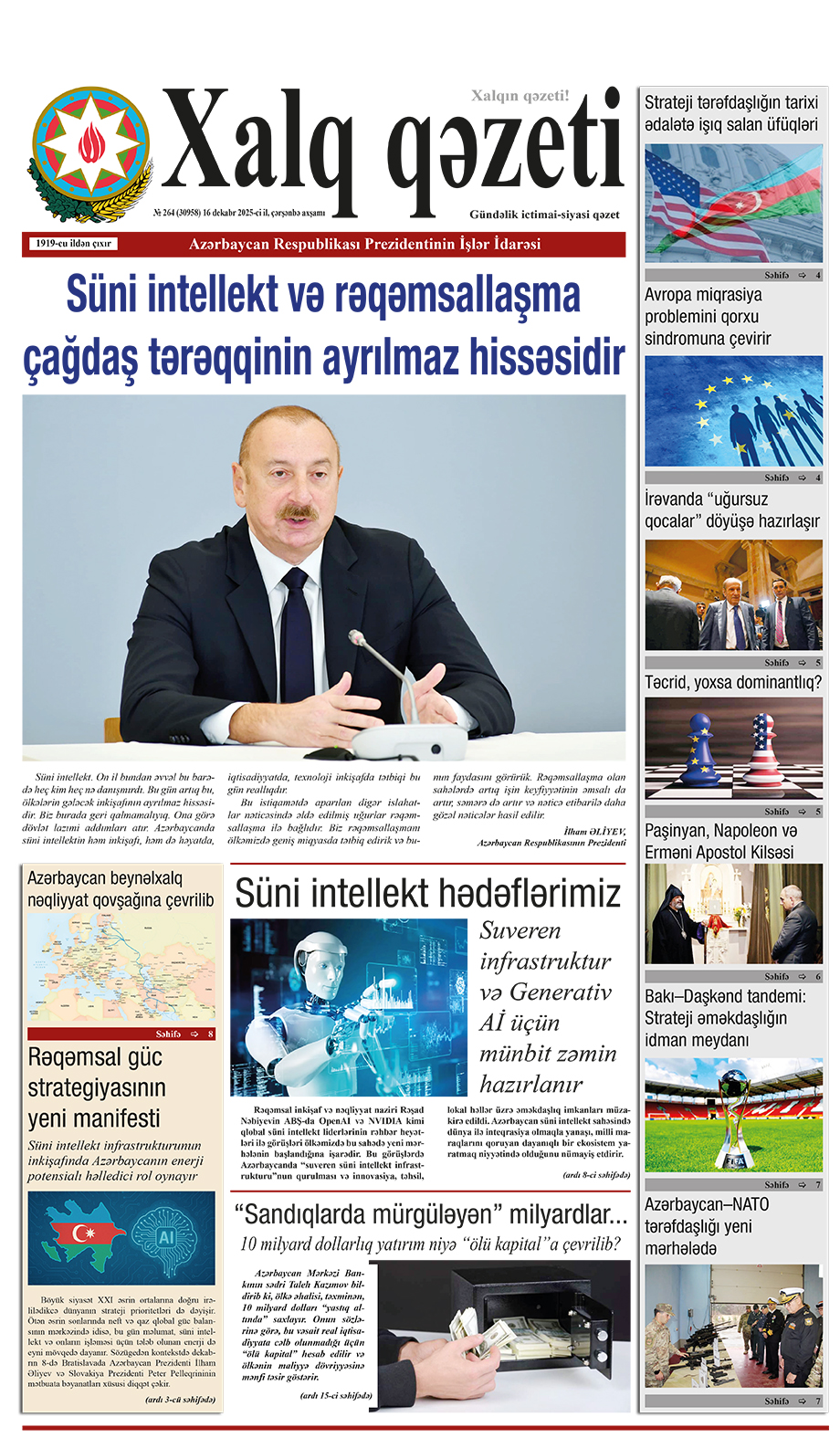
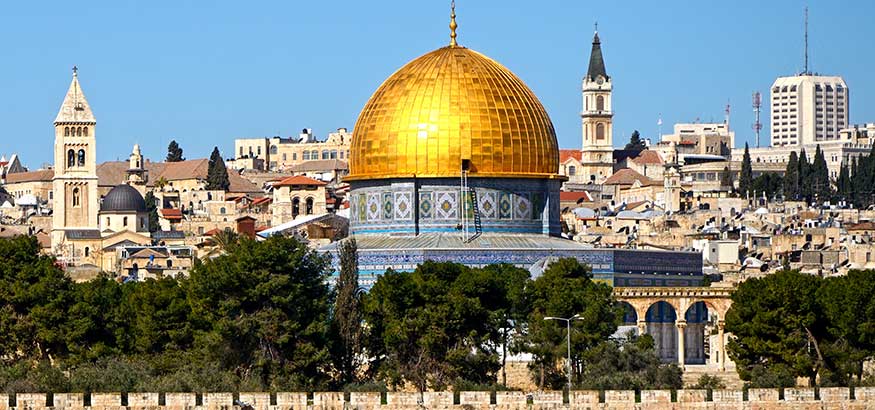
.png)

